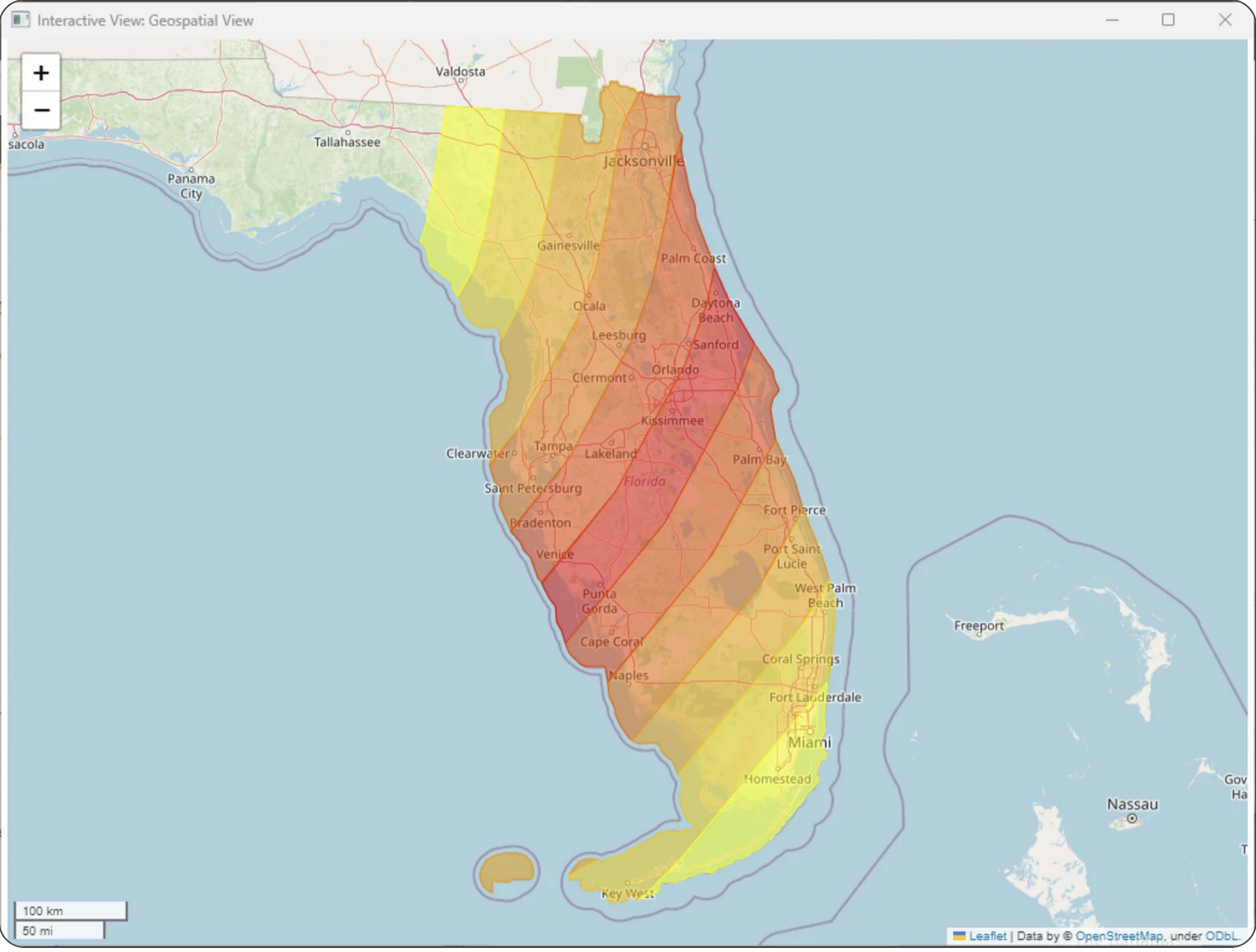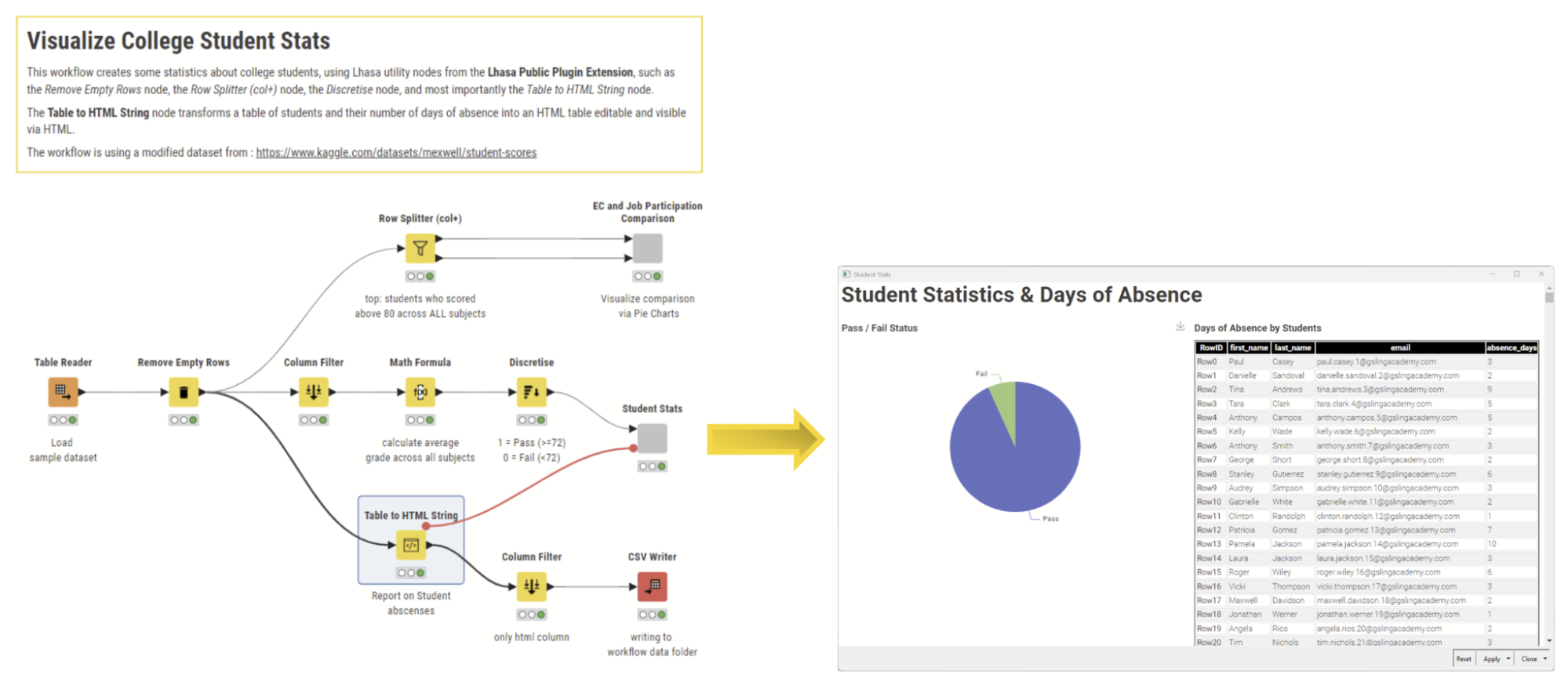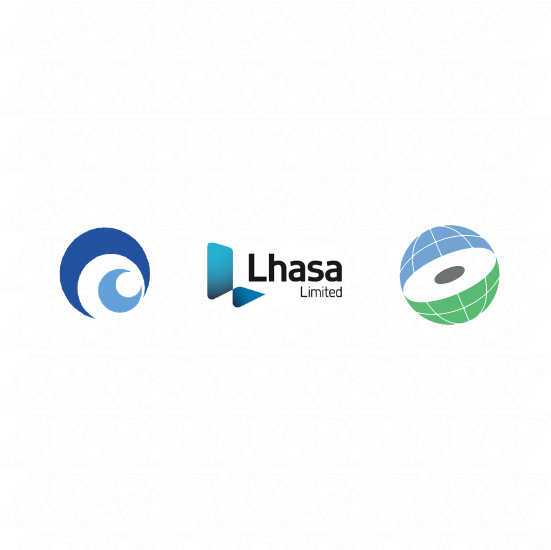Each year, KNIME celebrates user-created extensions that expand KNIME Analytics Platform’s core capabilities. KNIME Analytics Platform is an open source tool for all your data needs. While the core is provided in-house, data scientists and developers from the KNIME community regularly add new features and tech, from industry-specific to sophisticated scientific software integrations: KNIME Community Extensions are a treasure trove of functionality.
Here, we’d like to announce the top three KNIME Community Extensions for 2024. They were selected based on criteria such as audience size, active maintenance and support, openness, and long standing in operation (for more details on the evaluation criteria see the article “Top 3 KNIME Community Extensions of 2023”)
Meet this year’s winners!
#1 – Geospatial Analytics

The Geospatial Analytics Extension for KNIME debuted as the most downloaded and used community extension of the year.
This powerful toolset is designed for users tackling geospatial challenges, from displaying locations on a world map to optimizing route planning, from selecting regions to performing geographically weighted regressions. Developed with ease of use in mind, the extension supports a range of geospatial formats and integrates seamlessly with existing KNIME workflows.
This extension is a collaborative achievement between the Center for Geographic Analysis (CGA) at Harvard University and KNIME. This partnership aimed to democratize geospatial analytics by integrating advanced spatial data processing capabilities into KNIME's user-friendly, low-code environment.
Harvard played a pivotal role in this development, contributing its extensive expertise in geographic analysis to design and implement the extension's functionalities. Their involvement ensured that the extension met academic and research standards and addressed practical challenges in geospatial data analysis.
Geospatial analytics is becoming increasingly important across industries, and this extension ensures that KNIME users stay ahead of the curve. It enables tasks such as creating spatial visualizations, processing large datasets, and performing geospatial statistics—all without a single line of code.
There’s a whole team behind the development of this successful extension, including Executive Director Wendy Guan, Research Associate Lingbo Luo, and Director at China data Institute Shuming Bao.
Congratulations to all of you for this debut of the Geospatial Analytics extension in this list of the top three extensions of the year!
- Explore tutorials on working with geospatial data and geospatial analytics without coding for more insights
- Learn how KNIME collaborated with Harvard's Center for Geographic Analysis to make geospatial analytics accessible.
#2 – Vernalis KNIME Nodes

The Vernalis KNIME Nodes extension continues to be a favorite among the KNIME community. Known for its versatility, this extension offers over 300 nodes that help cheminformaticians in their daily work. Even though the extension was originally designed for the pharma industry, it now hosts a number of general functionalities intended to simplify complex data operations such as string manipulation, looping structures, and workflow control. What makes the Vernalis extension stand out is its dedication to addressing common challenges data scientists face, and reliable maintenance from its developers after every release.
This year Vernalis has released a new node: PDB Connector Hit Count. This node expands the pool of the PDB dedicated nodes and it does exactly what it sounds like - reports the hit count for a query supplied to the input port.
Vernalis Research is the world leader in fragment and structure-based drug discovery. Based in Cambridge (UK), the company develops and applies fragment and structure-based methods to solve problems in drug discovery and has generated cell active lead compounds and development candidates against targets in oncology, neurodegeneration, anti-infectives and inflammation.
Behind the development of this successful extension is Stephen Roughley, already a KNIME COTM awardee in January 2023 and included in the KNIME Hall of Fame.
Congratulations Vernalis and Stephen, for placing the Vernalis extension in this list for the second year in a row!
#3 - Lhasa Public Plugin

The Lhasa public plugin extension retains its position as a top community tool. Lhasa offers three extensions, of which two are dedicated to cheminformatics and predictive toxicology. However, the most popular of their community extensions is this small extension, with just 10 nodes providing useful functionalities for model building and table manipulation, like performance scoring and table transformation nodes.
The Lhasa Public Plugin Extension for KNIME is a suite of nodes developed by Lhasa Limited,, a not-for-profit organization, based in Leeds (UK), specializing in software to support decision making on chemical safety. Lhasa’s technology is designed by scientists, for scientists, in collaboration with industry stakeholders and regulators. The extension integrates seamlessly with KNIME Analytics Platform, is well supported on the KNIME Forum, and has been promptly updated for every KNIME Analytics Platform release since its creation.
Here, our thanks go to thank Samuel Webb, the developer behind the “Lhasa public plugin” extension and KNIME COTM awardee of December 2023 also included in the KNIME Hall of Fame.
Want to try it out? Check out this workflow “Visualize College Students Stats”, which contains some of the nodes in the Lhasa Public Plugin extension, like the Remove Empty Rows node, Discretise node, Row Splitter (col+) node, the Table to HTML String nodes. This last node (Table to HTML String node) is very popular among KNIME users, since it allows the transformation of a KNIME data table into an editable and visible HTML string.
In this workflow, in the lowest branch we write the HTML table string to a CSV file and then visualize it from a browser. Alternatively, we visualize the HTML string using a Text Output Widget (legacy) node together with other HTML items within the component “Student Stats”. The same HTML string could easily be incorporated into the output of a Send Email node or better into the new Email Sender (Labs) node (not included in this workflow).
Congratulations Lhasa Limited and Sam, for placing the Lhasa Public Plugin extension in this list again this year!
Recognizing innovation in the KNIME Ecosystem
KNIME community extensions represent user-driven innovation and utility within the KNIME ecosystem. Whether you’re delving into geospatial data, streamlining workflows, or advancing cheminformatics research, these tools are available for everyone at no cost. Read more in the KNIME Extensions Guide.
To all Java and Python developers out there, if you have expertise in a specific topic and would like to make it available to the whole KNIME community in the shape of a Community Extension, KNIME provides templates and prepackaged classes and methods for an easy development of KNIME nodes in Python or Java.
- If you are a Python developer, you can read this Introduction to the creation of Python based KNIME extensions.
- If you are a Java developer, you can learn how to implement KNIME nodes by reading this introduction to the creation of Java based KNIME extensions.
Thank you to all the developers who make their knowledge available to the KNIME community via the extensions they develop and share. And congratulations to the developers of the Geospatial Analytics extension, the Vernalis KNIME Nodes extension, and the Lhasa Public Plugin extension for their amazing and very much appreciated work!
